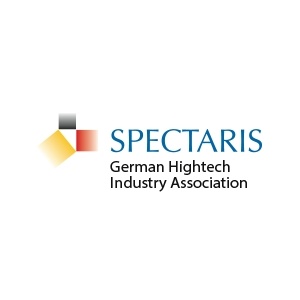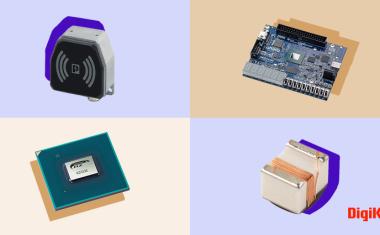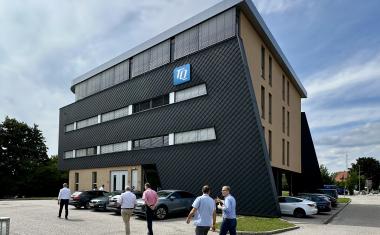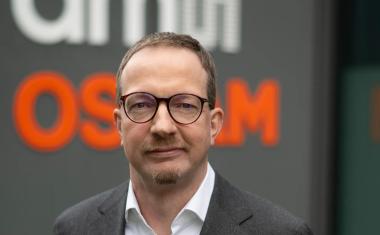Study: Photonics is a key factor in feeding the world
Global precision farming market expected to double by 2027
Around ten percent of humanity is starving. By the year 2100, the world population will increase by 40 percent to eleven billion people. Added to this are declining areas under cultivation, soil degradation and increasing water scarcity. In order to be able to feed humanity equally efficiently and sustainably, there is no way around the innovative technologies of precision agriculture and thus the solutions of photonics. This is confirmed by a new study by the industry association Spectaris and Messe München in cooperation with the market research company Tematys.
Traditional agriculture will not be able to sustainably expand acreage and yields to the extent demographically required. "For a long time, fertilizers and pesticides were able to increase yields, but these options have now been largely exhausted and environmental aspects are becoming increasingly important," emphasizes Dr. Bernhard Ohnesorge, Chairman of Photonics at Spectaris. Globally, agriculture already accounts for 72 percent of all surface and groundwater abstraction, mainly for irrigation.

This is where so-called precision farming comes into play: With the help of precision farming, fertilizers and water, among other things, can be used in a more targeted manner and pesticides can be reduced or even avoided altogether in the future. At the same time, yields are increased through continuous monitoring of animals and plants, and new forms of agriculture, such as urban or vertical farming, are made possible. Digital networking and the increase in self-controlling units, including agricultural robots, are leading to a significant increase in efficiency and can help to counteract the shortage of skilled workers or reduce the workload of farmers. "Photonics is thus becoming a key factor in nutrition around the world," explains Ohnesorge.
Examples include the centimetre-precise, partially or fully autonomous driving of agricultural vehicles as well as the collection and mapping of data on moisture, nutrients, compaction and plant health using optical sensors or cameras. Precision farming also includes robotic weeding and pest control as an alternative to chemicals. Optimized, energy-efficient lighting systems are used in greenhouses and in vertical farming. The authors of the study forecast annual growth of around 15 percent for these still young fields of application for photonics and a doubling of the global market from 4.6 billion euros in 2022 to 9.1 billion euros in 2027.
Photonics solutions for agriculture are also playing an increasingly important role at the international trade fair Laser World of Photonics: “We can see that the topic is becoming more and more important for our exhibitors. Manufacturers have already reacted to the new revolution in the agricultural sector and are increasingly offering solutions for precision farming," notes Dr. Reinhard Pfeiffer, CEO of Messe München, which organizes the Laser World of Photonics. The world's leading trade fair for the laser and photonics industry will take place this year from June 27th to 30th in Munich.











